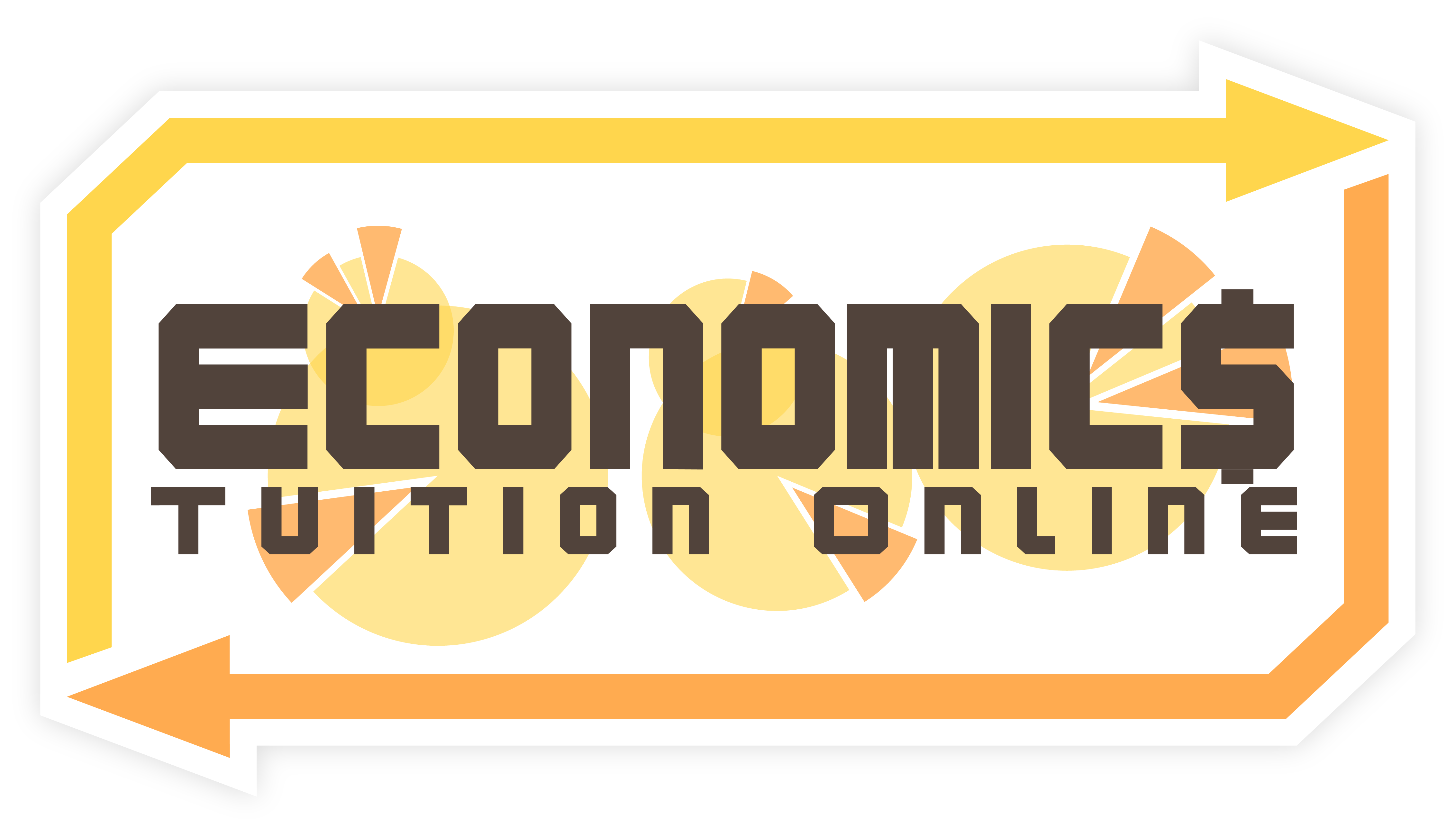Why are other aims more important than low unemployment?
-External disequilibrium is likely to affect unemployment rather than the other way round
-Fall in Xd - fall in production - fall in Investment - increase in unemployment (Singapore is dependent on Xd/FDI for production which will create cyclical unemployment when there is adverse global economic downturn (as the economy tries to increase production, it will induce increase in demand for resources and the rise in cost-push inflation)
-Exchange rate fluctuation due to the fluctuation in flow of capital - unstable external prices - undermine trading activities, investment, external debt - undermine production - undermine employment
-Excessive focus on unemployment may lead to excessive inflation - fall in real wage of workers - may not encourage work efficiency - no real increase in output
-Focus on high economic growth – will lead to structural unemployment as the economy focuses on high-valued production, which is capital-intensive and technological-based. Consequently, skill incompatibility and displacement of workers will occur as a result of technological advancement and sectoral advancement.


